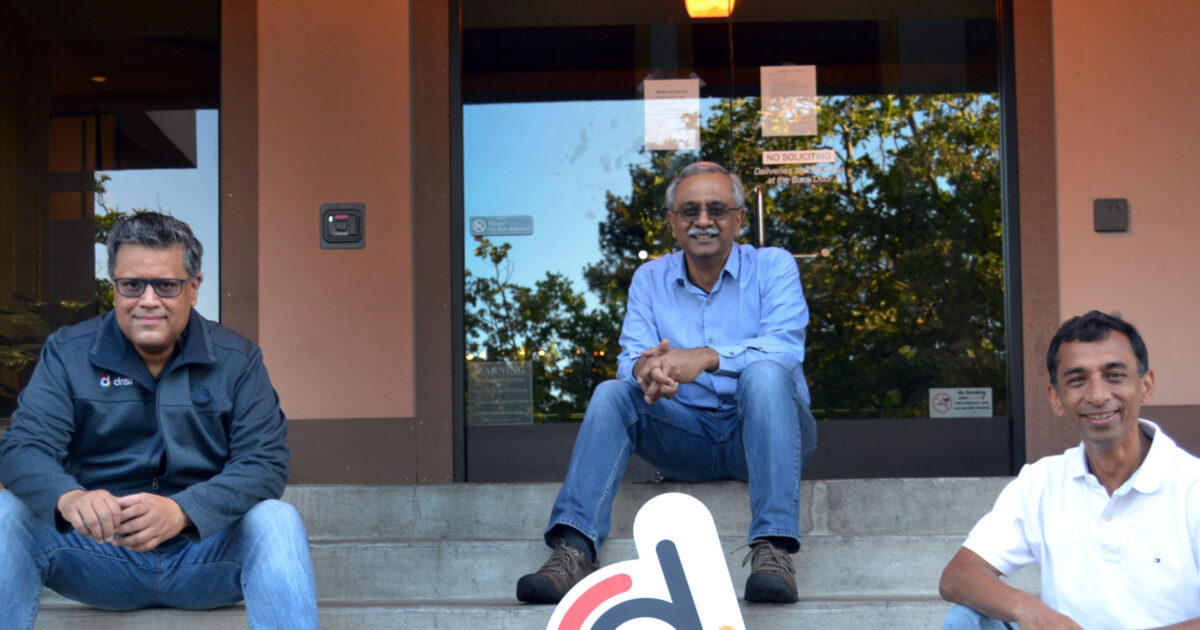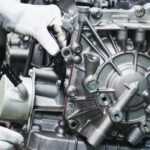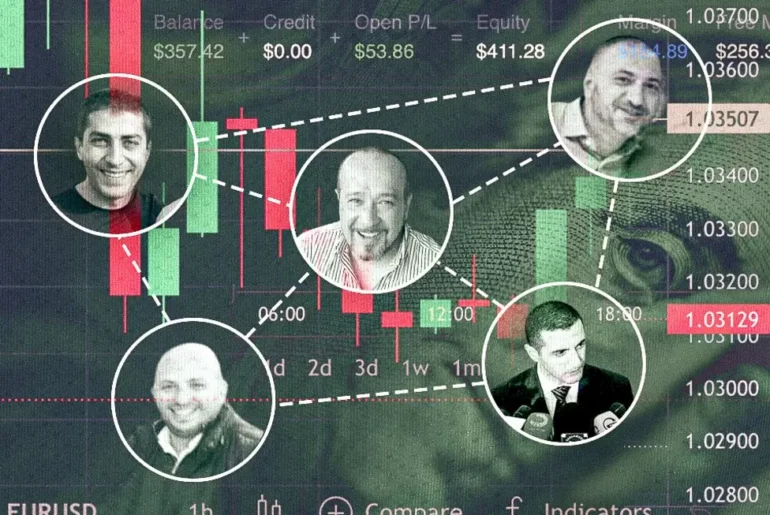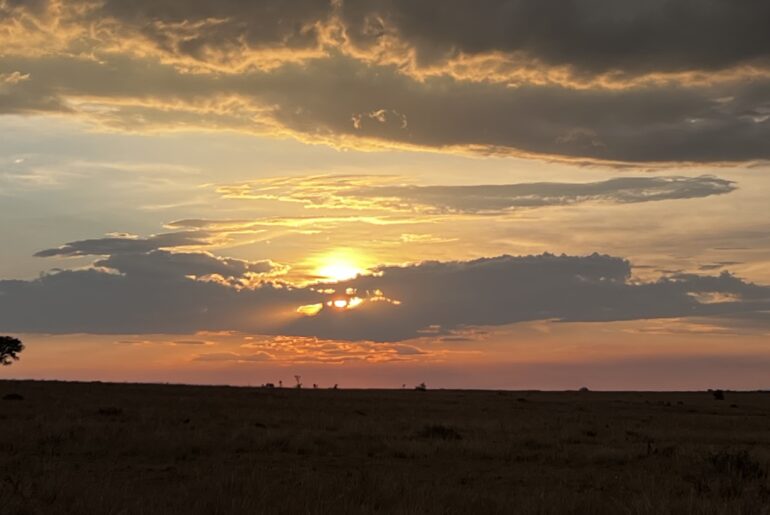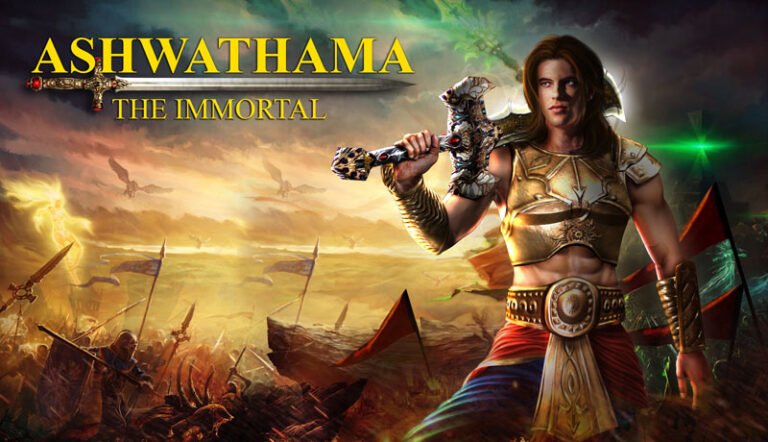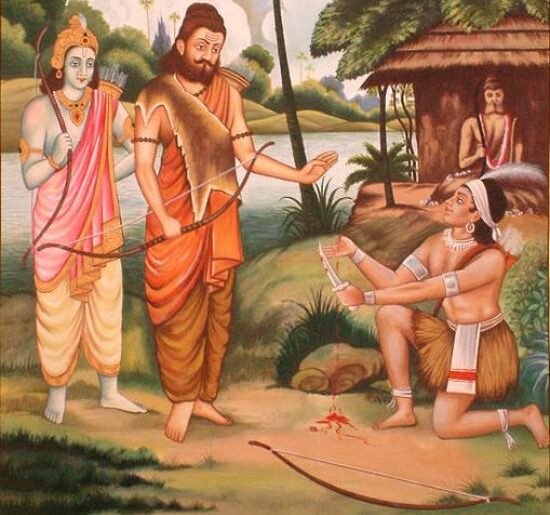(Originally posted on Jun 15, 2020 on the Drishti blog)
This morning, we announced news that we’ve closed a $25M Series B funding round, in the midst of a global pandemic. It’s a massive milestone and one I’m particularly proud of, so I’ll talk more about that later in this post. First, though, I want to talk about the journey that led us to this point, and the vision we have for the future of manufacturing.
In 1994, I was hired from Japan by General Motors to lead an effort that ultimately created the world’s first collaborative robots, or cobots. Over six years, I worked with colleagues in GM, Northwestern, Berkeley and with numerous manufacturers — and everyone in their factories, from line associates to plant managers — to understand the manufacturing ecosystem and solve an important problem: improving the safety of the line associates while enabling them to build quality products. And delivered the first generation of commercial products that safely ensured that man and machine worked well together to mutual benefit.
I vividly remember working alongside associates on the line installing subsystems from HVACs and tailpipes in Chevy Sierras in Ft. Wayne to fully dressed-up doors and cockpits for Chevy Malibus in Lansing. I learned to respect the jobs by actually working the line myself. Because apparently easy tasks are often hard. These times on the floor gave the technology team deep insights to design our cobots and intelligent assists.
It was a memorable, enlightening, thoroughly enjoyable and intensely creative experience, and I developed an appreciation for four things:
- The complexity of a manufacturing plant: Done right, it’s like a ballet. Every piece is perfectly orchestrated to feed into the next. If one part breaks, the show cannot continue to its fullest. And every player on the stage has a critical role.
- The dire need for disruption in the industry: While the robots in the body and paint shops were state of the art, methodologies to gather data on the assembly line dated back over a century to the times of Henry Ford, Frederick Taylor and Frank and Lilian Gilbreth. There was little on the horizon in terms of industry disruption — particularly when it came to human empowerment, analytics, insights, training and optimization.
- The almost universal desire of plant employees to innovate, thrive and succeed: There’s a crazy misconception that factory workers aren’t motivated or don’t take pride in their work. In my experience, that couldn’t be further from the truth. Line associates are some of the most dedicated, creative and hard-working employees I’ve ever had the pleasure of working alongside. They want to be heard, contribute and solve problems.
- Most importantly, the best results are realized when humans and machines work together. In cobots, we took the cognition of the human and married it with the power amplification of the robot system. The impact? Cobots are the fastest-growing segment of the robotics market today.
Fast-forward about 25 years (though it hardly seems that long). While there hasn’t been a direct line from point A (GM) to point B (Drishti), the experience of working in the factory stuck with me during the intervening phases of my career. And when, in 2016, I discovered how far computer vision and artificial intelligence had advanced since our experiences in grad school in the early 1990s, I saw a future for manufacturing that I wanted to make a reality: AI-powered production.
AI-powered production, explained
To date, there have been three eras of manufacturing:
- Craft, defined by an artisan creating a unique and fully built product, one at a time (pre-1908)
- Mass, defined by the standardization of parts enabling products to be produced at scale (Ford, 1908)
- Lean, defined by the minimization of waste in manufacturing systems while ensuring that only what is required is built (Toyota, 1948)
Drishti is committed to driving the fourth era of manufacturing: AI-powered production. This era takes the best of the previous three — the skill and attention to detail of craft; the production volume of mass and the efficiency and quality of lean — and uplevels them all by using data created by computer vision and artificial intelligence. Here, in an inversion of what we did with cobots 25 years ago, we tap the cognition of the AI system to help the absolutely flexible human perform tasks safely, efficiently and to quality. In large part, because of what computer vision and deep learning are capable of today.
We’ve built an incredible, pioneering solution that blends AI and computer vision to create actionable data and insights from the factory floor. I’m not going to wax eloquent about the technology here, but you should read about it. And then you should contact our sales team to see how it can help you. It’s pretty amazing.
What I am going to talk about here is how Drishti is coming full circle to address those four takeaways I mentioned from my days at GM:
Manufacturing is still really complex, and it’s about the people. In fact, it’s more complex than it was 20 years ago, by a long shot. And that complexity is what makes humans more valuable than ever. Humans can adjust to change on a dime, intuit new and better ways to execute tasks, troubleshoot when a global pandemic hits and more. That’s why at Drishti, we took the counterintuitive approach in the market and focused on people, not machines.
Here we are 20 years later, and the need for disruption in the industry is stronger than ever. We’ve seen automation implemented wherever it can be — areas like the body shop, fabs and e-commerce, for example — but when bits meet the atoms, the atoms are very hard to manipulate. And according to the vast majority of industry estimates (including my own), atoms (in the form of humans) will be dominating the factory floor for the foreseeable future. That’s why disruption has to come in the form of augmenting humans — of extending their potential — versus replacing them.
And truly, the motivation and enthusiasm of line associates is as high as ever. Despite the challenges presented by a global pandemic, employees are committed to doing their jobs well. They take pride in their work, and having reinforcement when they follow best practices — or gentle corrections when they don’t — is a welcome role of technology.
More than ever, the future is about humans and machines working together. I talked about this concept a while back with Paul Daugherty of Accenture and Frank Chen Andreessen Horowitz (our investor). Think about your daily email drafting. When your spell checker identifies spelling or grammatical errors, don’t you routinely accept or reject them and move on? You’re not particularly threatened by this intrusion — and probably don’t even think about it anymore — because you know that the spell checker can never know what you intend to communicate, and therefore isn’t replacing you in writing that email any time soon. It’s the same with Drishti. We build a support system for the line associate that guides them to do their jobs better, without displacing them from the line. That’s why we’ve seen so much receptivity to Drishti within our customers.
It takes a village
I’d be remiss if I didn’t take this moment to acknowledge the people who helped get Drishti to this point. And, will be with us as we embark on the next leg of the journey.
- Our amazing team: A company is more than a collection of people. Especially a startup. The passion, energy and empathy they bring to the task of making heroes of our customers is unmatched.
- My passionate co-founders, Krishnendu Chaudhury and Ashish Gupta: Krishnendu and our engineering team keep upping the bar on themselves in ways I find mystifying and Ashish is my sparring buddy, constantly pointing me and the team to our true north.
- Our fantastic customers: From Raja and the Denso team and Ofer and the Flex team to our most recent customers noted in today’s announcement, every one of them is a co-visionary on this journey. Their passion fuels our efforts.
- Our visionary investors: We are blessed to have them be partners in crime, especially given that manufacturing isn’t the sexiest space. Or, perhaps, because they are visionaries who see what attacking ~15% of global GDP might mean?
- Our community of supporters: Back at Spoke, we referred to the activities of this angel group as Karma. Like manna from heaven, arriving in the toughest of times from the most unexpected quarters. Wouldn’t be here without them!
- My wife and family, and the families of our team: Startups are hardest on the spouses and families. My wife funded me during our first year and has put up with a lot ever since. As have all of our families. Our deepest thanks to them.
Closing a Series B funding round is a major milestone for a startup — especially one that’s creating a whole new category. According to the Journal of Empirical Entrepreneurship, only 10% of companies that raise seed funding make it to Series B. We still have a long journey ahead of us as we deploy AI-powered production in factories around the world, but it’s nice to take a pause and raise a glass to this moment. Before getting back to the hard work of company building. Cheers!

